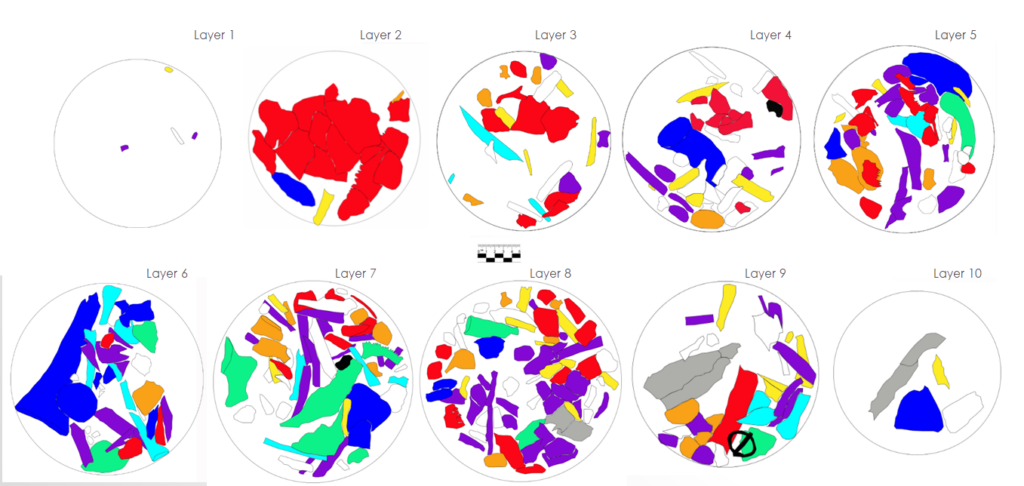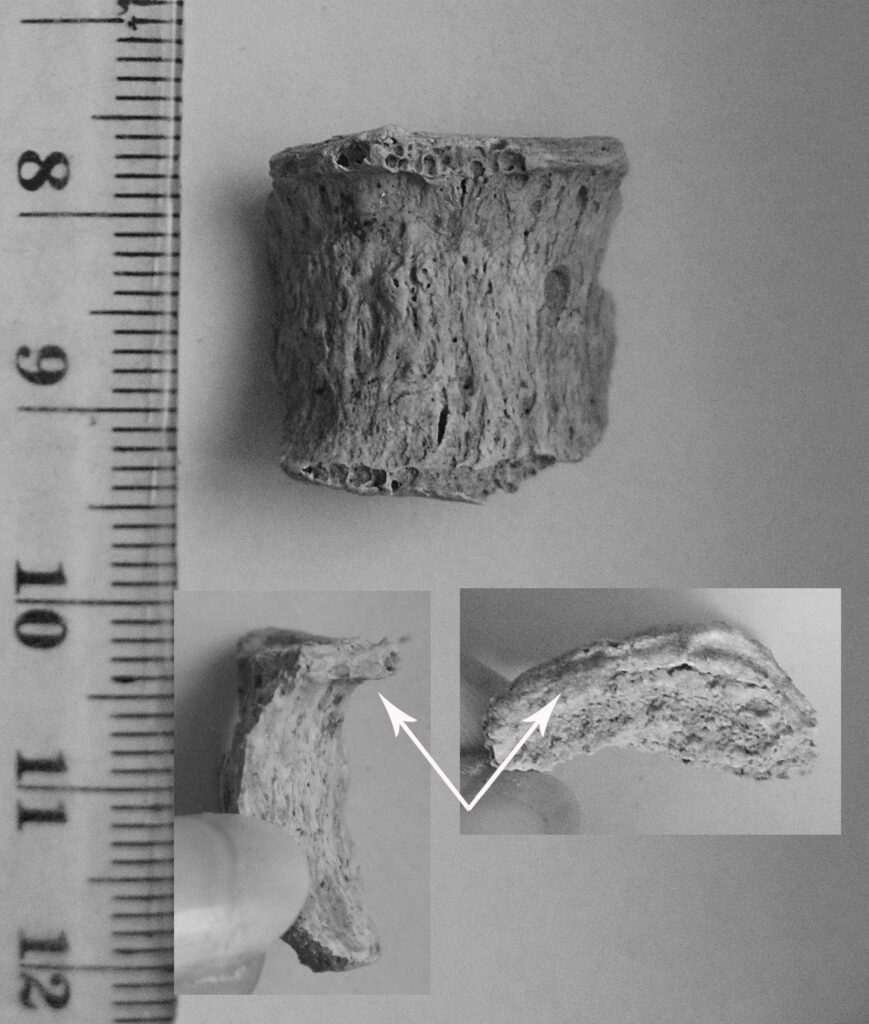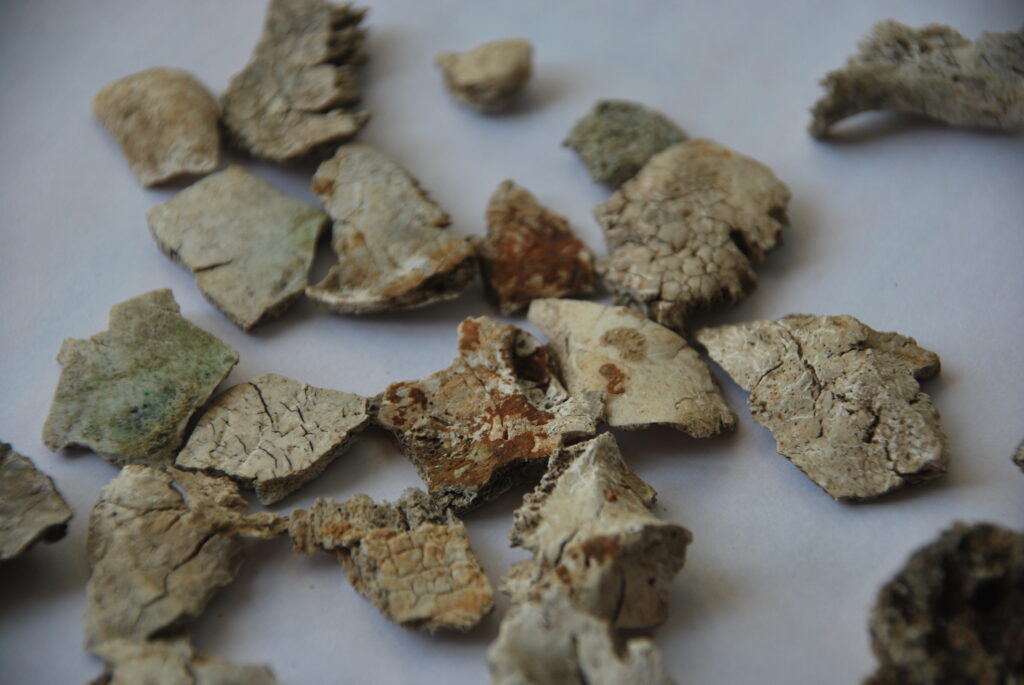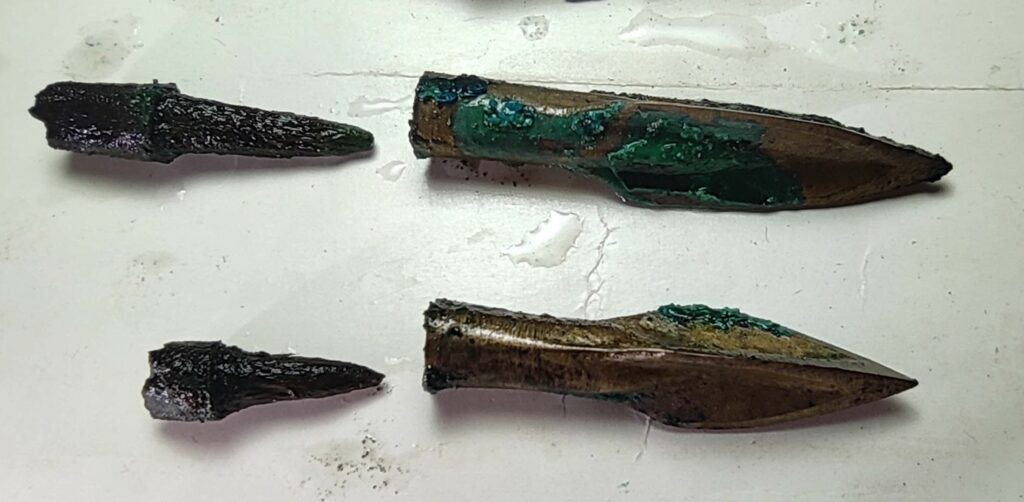The burning of the dead as a burial custom has been practiced for over 4000 years. For most of the ancient communities that lived on the territory of Ukraine from the Roman Time to the Middle Ages (the era of Kyivan Rus), cremation was the predominant burial custom. Tetyana Slobodyan from the Department of Bioarchaeology at the Institute of Archaeology of National Academy of Science of Ukraine is working on her project on anthropological research of cremation burials. Here, she presents her ongoing work on the multidisciplinary study of cremation burials from Late Roman cemeteries in Ukraine.
The physical anthropological research on ancient cremations may provide significant information and is an important approach in bioarchaeological and thanatological studies today. Despite the considerable fragmentation, the analysis of cremated human remains allows us to obtain not only the biological profile of the buried people (sex and age-at-death estimations, pathologies, stature and markers of occupational stress), but also to reconstruct details of the cremation process, traces of which were almost completely destroyed by fire. Anthropological analysis and the detailed description of cremations in the field make it possible to reconstruct in more detail and systematically the stages and characteristics of the funeral rituals as well as the funeral ceremonial traditions in ancient societies and the social status of the deceased.
The Bioarchaeological Collections of the Institute of Archaeology contain cremation remains from burials of different periods. One of the largest collections is that of the Roman period and derives from cemeteries of Viytenky, Zachepylivka, Kariv, Pyrohiv, Ivkivtsi, Poberezhne, Balamutivka, Novyi Yarychiv, etc.
Viytenky is one of the largest Late Roman cemeteries in Ukraine that has been studied to date. More than 230 burials have been discovered and investigated here and 114 of them are cremation burials. Anthropologists have examined most of these burials and obtained preliminary results. Over 90% of cremation burials are single burials, in two cases the remains of individuals were placed in several urns. Both adults and children, men and women were buried in the cemetery.
Сremation burials Poberezhne and Balamutivka contained Roman imports (Hemmoor buckets and others) as well as local “barbarian” objects (buckles, pottery) (Fig. 1). The occurrence of such Roman “imports” is associated with direct contacts of Germanic tribes, especially the Goths, with the Roman Empire. The bones of an adult between 20 and 30 years were found in a burial in Poberezhne. The preserved bone fragments contain skull, upper and lower limb fragments, fragments of ribs, vertebrae, and pelvic bones. Traces of iron and copper or copper-containing alloys (bronze, brass, or other copper-based fusions) have been observed on skull fragments (Fig. 2). An adult individual (juvenis-maturus) is also buried in Balamutivka. In addition to human bones, fragments of burnt animal bones were also found in the burial.

Ivkivtsi belongs to the Late Zarubynets group of archaeological sites, which has a very important role in the process of Slavic ethnogenesis. At present, 11 graves have been investigated at the cemetery. In addition to ceramics, the graves contain Aucissa type fibulae, weapons, and Egyptian items such as scarab beetle jewelry and an amulet of Anubis. This burial ground was investigated by multidisciplinary studies (Fig. 3).

A grave with a set of weapons was discovered in Novyi Yarychiv. Most of the weapons were ritually broken and bent. According to anthropological examinations the bones belong to an adult between 25 and 40 years, probably male. There are signs of pathological processes on the thoracic vertebrae, in particular, osteochondrosis (Fig. 4).
The presented burials are an integral part of the thanatological studies. Anthropological analysis is an important tool for examination of morphological characteristics of buried people, ancient mortuary practices and social relationships of the past.
Tetyana Slobodyan




